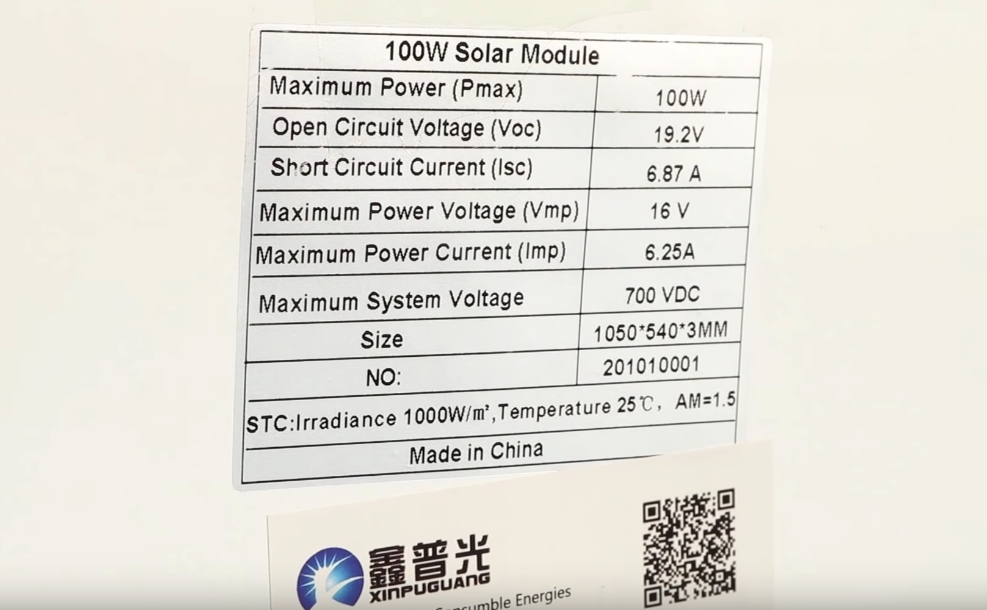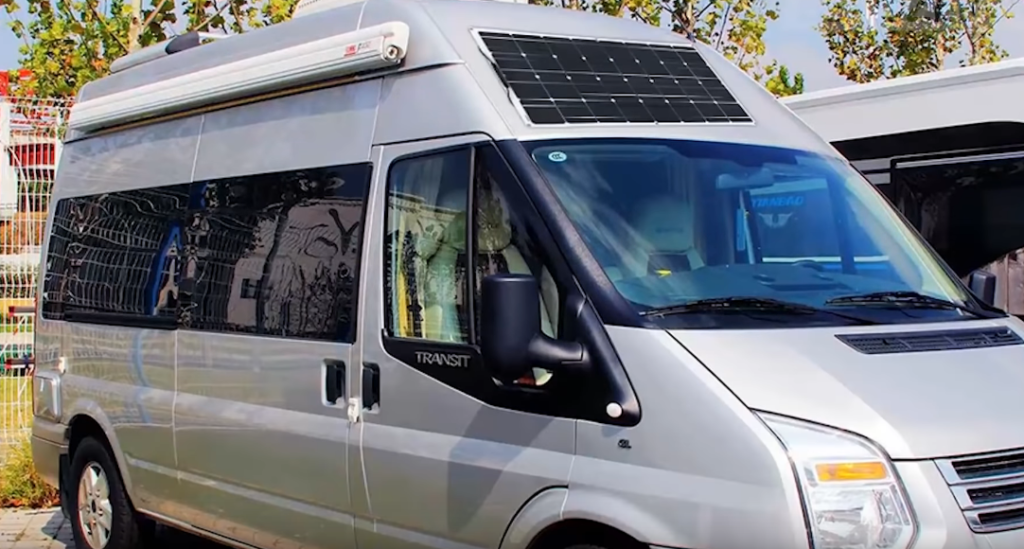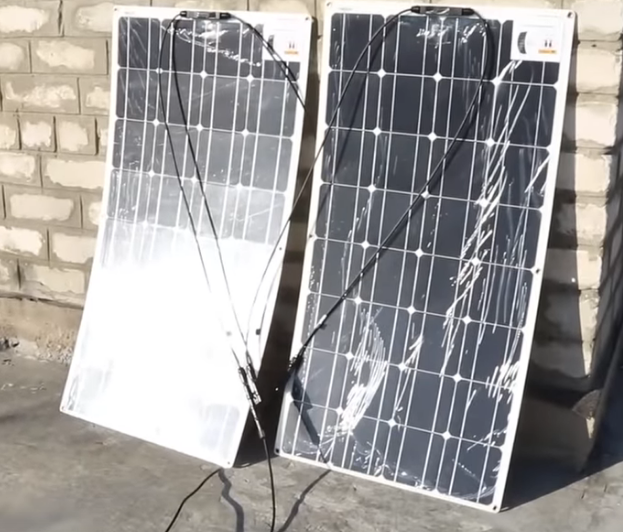More recently, I had the opportunity to test two variants of flexible solar panels from China. Perhaps the results of my tests and the useful information received can be useful to you in the future. Especially if you have a desire to order the right batteries on Ali Express. Now I will tell you what came of it – let’s go.
I. Large flexible solar panels – 2 ´ 100 watt kit.
So my check.
Delivery speed and quality
The panels arrived without any problems at all, friends. The packaging is excellent, everything is in foam, and there is also an adhesive base, which manufacturers recommend removing before use. Delivery time depends on the city – the panels reached me in three days.
Parameters and purpose
According to the marking, the maximum power of these photovoltaic specimens is 100 watts, which are achieved due to a voltage of 16 volts and a current of 6.2 amperes.
The geometric dimensions of one panel are as follows:
- length – 1500 mm;
- width – 450 mm;
- thickness – 3 mm.
As you can see, the last parameter distinguishes these batteries from classic hard modules. And the main feature of the tested panels is that they are flexible. Not infinite, but enough to place such plates on car roofs or other surfaces with varying degrees of curvature.

The seller positions its products as panels for the following main areas of use:
- refueling car batteries on the road;
- providing electricity to digital technology and some not too resource-intensive devices in the country;
- to be mounted on the roofs of large vehicles, allowing at least all of their electronics to be powered.
Equipment
This kit includes:
- 2 panels of 100 watts;
- 2 splitter connectors;
- 1 controller with two USB connectors;
- 2 cables of 3 meters each with AC4 connectors of 2.5 squares;
- 2 cables of 3 meters each with “crocodiles” also 2.5 squares;
Someone in the comments on Ali Express wrote that he gave the seller 3 stars because the thin wires are not designed for 6 squares. Frankly, when reading the comment, I got lost – where are 6 squares here? Wires even at 2.5 have a good braid, and when laying holes for them in partitions, it will still be necessary to drill rather big ones. So 6 for 100 watts, it seems to me, will be redundant.
Test checks
Indoor check:
- I installed the panels about 3 meters from the window, leaning against the wall. The shading of the coating in this case was approximately 50%. When testing the voltage, the device showed 16 V.
- I came across a piece of LED strip about 5 meters – when connected, it glowed perfectly, at full brightness.
- Checked the 12 volt battery. Charging goes through the controller, 14.5 V is supplied to the input, but when connected to the battery, it equalizes to the required 12 volts.
Let me remind you – this is all indoors with a rather weak evening sun.
The current strength was only 2 amperes – so it was time to go outside.
Outdoor check:
He exposed the panels to the sun, leaning against the wall of the house. I did not remove the film, since later the panels will still have to reach the direct customer.
In the sun without load, almost the same promised 20 volts turned out. In practice – a little less – 19.5 V).
Note: if desired, such solar panels could be installed on the canopy of my porch – it is wide, so it turned out three or even four rows.
Began to check the real output power. In the supine position, they gave out 3.2A at 19.6V. But it’s a pretty sharp corner. I started manually “catching the sun”, trying to form an ideal angle of 90 degrees. I failed to catch a maximum of 6.5. But up to 5.9 volts, the indicators rose, on average fluctuating in the range of 5.4 – 5.5 V.
And this is with a low standing and not the brightest sun.
Brief conclusion: in my opinion, these are as close as possible to the declared parameters, very “honest” panels on Ali Express. As with this seller, and in general from those that I came across.
II. Small flexible solar panels – 20 watts.
At the same seller, a fairly compact version of 420 by 330 mm, also only 3 mm thick, was included in the list of the best-selling panels. The kit includes:
- cigarette lighter adapter;
- adapter with a pair of USB connectors;
- one wire with a crocodile clip.
Purpose and parameters
Such a panel also implies installation on the roof of a car or boat, and can be used to recharge the car battery, connected via a connector.
The declared peak power, according to the certificate, is 20 watts. Checked.
1. In the sun, she really gave out this indicator – 20 volts and 1 ampere.
2. Through USB in the room, even through clean glass, I managed to squeeze out only 0.3 – 0.5 amperes when charging my smartphone.
3. I connected the LED strip – this time a long one, 55 meters at once. I found that even if you completely turn the panel away from the window by 180 degrees, the diodes still burn! Let it not be too bright.
4. After turning and installing a flexible panel near the window, full-fledged bright illumination can be provided without problems.
My use case
Personally, I use such panels and plan to use them in the future to recharge street lamps. More precisely, their batteries through the controller. Although most people buy this version in cars and outdoors. If you are interested in more information, there are a lot of reviews about it in the store.

By the way, my street lamps have been working for 3 years only from the energy of the sun and the batteries built into them, designed for 18 hours of continuous operation. So the plus from such an alternative energy source is serious.
And the last. There is an option to connect such panels to portable surveillance cameras. This is also a very interesting idea. I have already made one of these cameras completely autonomous, using just such a solar panel. And now I’m testing this hybrid. In the future I will try to make a review – do not miss it.
